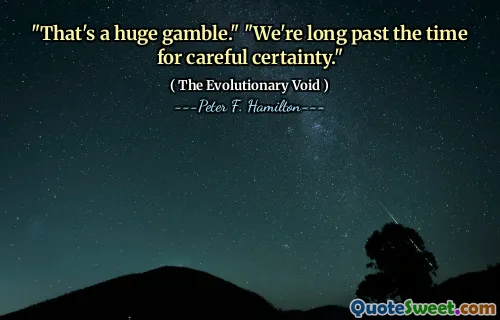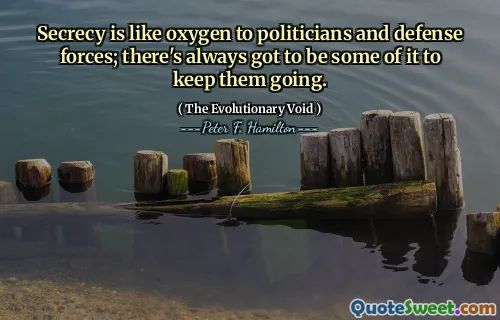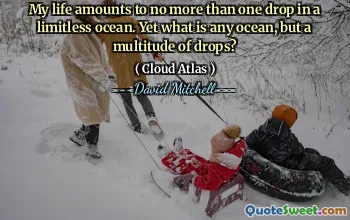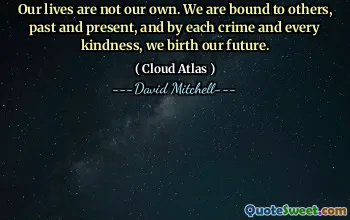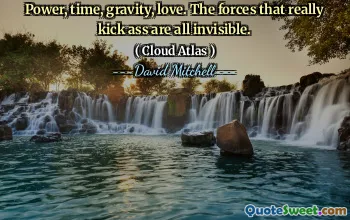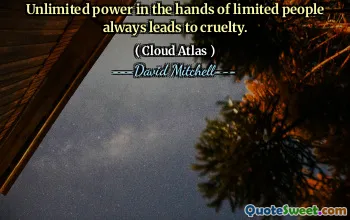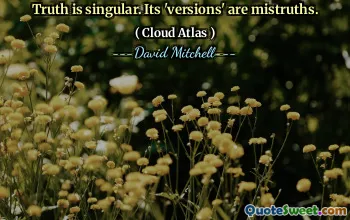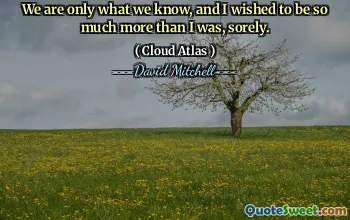
"That's a huge gamble." "We're long past the time for careful certainty."
This exchange encapsulates a critical moment of decision-making that often arises in situations fraught with uncertainty and high stakes. The first statement acknowledges the inherent risk involved, labeling the action or decision as "a huge gamble." This phrase conveys caution, underscoring the unpredictability and potential consequences that accompany the choice at hand.
However, the response, "We're long past the time for careful certainty," reveals a shift in mindset dictated by circumstance. It suggests that the luxury of waiting for complete information or absolute assurance is no longer available. Time pressures or escalating stakes have rendered the pursuit of meticulous, cautious planning obsolete. Instead, a more decisive, bold approach is warranted—even if it means embracing uncertainty.
This dialogue reflects a broader truth about decision-making in complex, rapidly evolving environments, whether in scientific exploration, leadership, or personal life. Often, waiting for perfect clarity is impractical or even detrimental. The paradox lies in balancing risk with action; too much hesitation can result in missed opportunities or escalating problems.
In the context of Peter F. Hamilton's The Evolutionary Void, this sentiment resonates with themes of audacious ventures and confronting the unknown. The book, part of a far-reaching science fiction saga, frequently explores the tension between the known universe and the mysteries beyond. The quote speaks to the necessity of taking bold steps even when full understanding is lacking—progress frequently demands embracing uncertainty and potential peril.
Moreover, this quote invites reflection on how human beings respond to uncertainty in general. It highlights the psychological challenge of moving forward despite incomplete information, trusting intuition or collective judgment when traditional measures of certainty are unattainable. It underscores a dynamic tension between caution and courage.
Ultimately, the exchange encourages a nuanced appreciation of risk-taking. It does not dismiss or underestimate the danger involved but rather acknowledges that sometimes the circumstances dictate pushing forward regardless. This can foster innovation and breakthroughs but also calls for responsibility and awareness of potential outcomes.
Such a perspective is valuable across domains, prompting readers to consider when to hold back and when to leap—a timeless dilemma at the heart of decision-making during moments of profound uncertainty.
